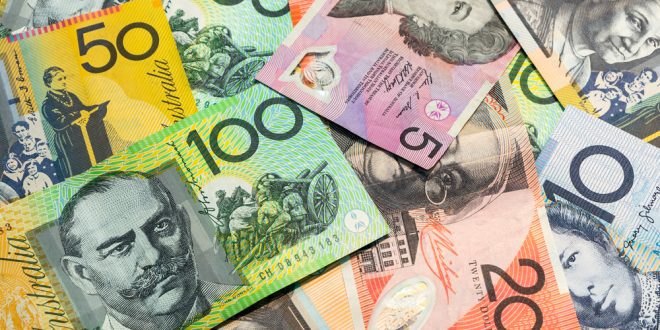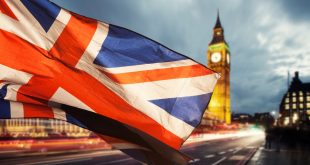Most Asian currencies changed little on Tuesday as markets braced for the Federal Reserve’s widely anticipated interest rate rise this week, but the Australian dollar jumped on an unexpected rate hike by the Reserve Bank.
The Australian currency rose 1% when the Reserve Bank of Australia raised its cash target rate by 25 basis points, to 3.85%. The action defied market expectations that the bank would keep interest rates unchanged after suspending its rate rise cycle in April.
The RBA cited stubborn inflation as the main motivator for the move, stating that inflation still remained “too high.” Consumer price index inflation read at 7% in the first quarter of 2023, well above the RBA’s target range of 2% to 3%.
The RBA also said that it will consider more rate hikes, although future action will be largely dependent on economic data.
Broader Asian currencies changed little as attention turned to the completion of the Federal Reserve’s two-day meeting on Wednesday. Due to a Chinese market holiday, regional trade volumes were similarly limited.
The Japanese yen sank 0.1% to a near two-month low as the Bank of Japan’s dovish signals continued to weigh on it. The BOJ kept interest rates at historic lows last week, signalling that it has no plans to change its ultra-easy policy in the coming months.
While Chinese markets were closed, the country’s weak economic signals weighed on most regional currencies. The manufacturing sector in China unexpectedly contracted in April, according to figures released over the weekend, while growth in the services sector fell short of expectations.
The Reserve Bank of Australia unexpectedly hiked interest rates on Tuesday and said that more monetary policy tightening may still be in order as the bank moves to curb stubborn inflation in the country.
The RBA hiked its cash target rate by 25 basis points to 3.85%, ducking market expectations that it would keep the rate at 3.6% after pausing in April.
The Australian dollar rallied 0.9% after the decision, given that higher interest rates make the currency appear more attractive.
The move comes as recent data showed that Australian inflation eased slightly less than expected in the first quarter of 2023, at 7%. While inflation fell from an over 30-year high hit in December, it still remained well above the RBA’s 2% to 3% target range.
“While the recent data showed a welcome decline in inflation, the central forecast remains that it takes a couple of years before inflation returns to the top of the target range,” RBA Governor Philip Lowe said in a statement.
 Noor Trends News, Technical Analysis, Educational Tools and Recommendations
Noor Trends News, Technical Analysis, Educational Tools and Recommendations





